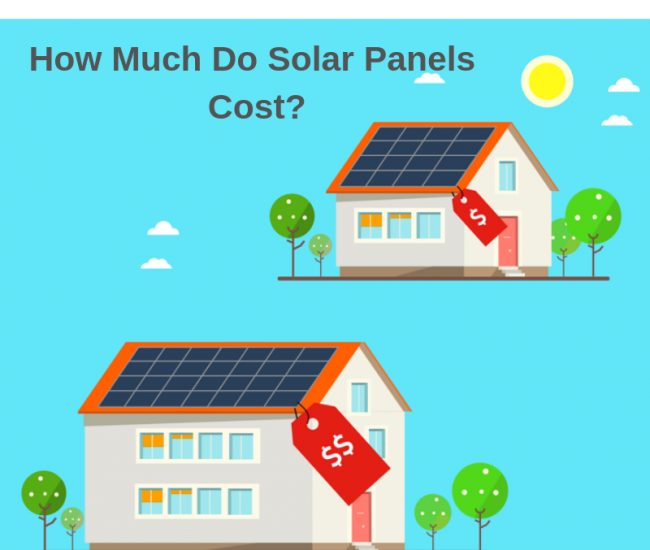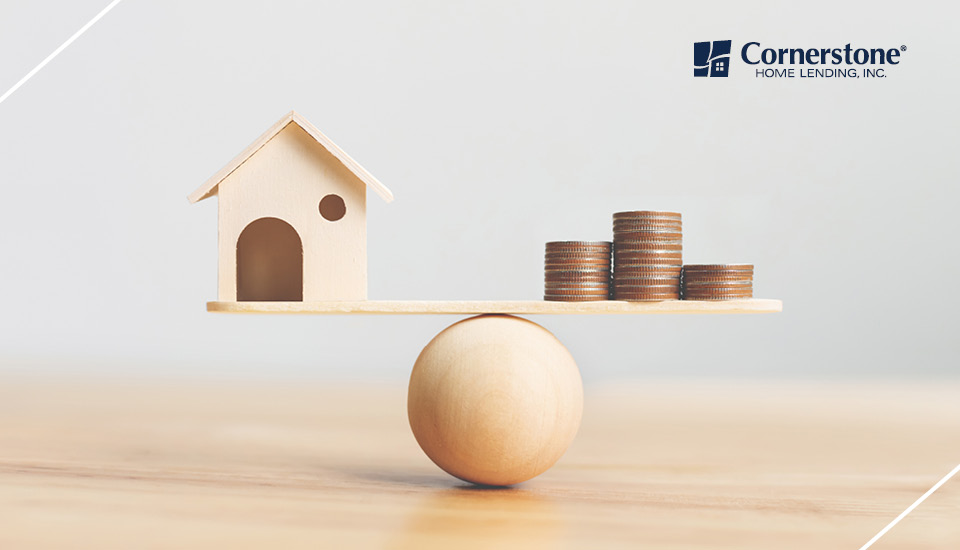Table Of Content
An average-sized 6 kWh solar energy system generally costs between $6,600 and $11,400 to install. Most homeowners will break even due to reduced utility bills within three to 10 years after installation. Beyond being available where you live, ensure that the installation company you choose offers the panels and system components you desire or their equivalent. Check online reviews, references and price quotes when selecting a company that can meet your solar energy needs.
How to solar power your home to lower your carbon footprint
But if you have a home solar system, utility rate hikes are the fuel for your energy cost savings over the 25-year warrantied life of your solar system. If hand calculations aren’t your thing, you can get a quick-and-dirty estimate based on the cost of solar for comparable homes. For example, a solar panel cost calculator for California would have drastically different assumptions than a cost calculator for New York.
Which Factors Impact Solar Panel Costs?
It will cost more if you want additional solar equipment or more efficient panels, or if you have above-average energy usage. Conversely, you can spend less if you opt for a smaller solar panel system or less efficient solar panels. New grants for Solar for All programs aim to install solar panels and boost community solar access nationwide. The cost of solar panels in California can vary depending on the part of the state in which you live.
What’s a Good Price for Rooftop Solar in 2024?
If you already have low energy costs, your roof doesn’t face the right direction, or if it’s just not in your budget, a residential solar system might not be worth it for you. A longtime champion of energy efficiency, in the FY24 government funding bills Shaheen helped defend key efficiency programs at the U.S. Energy and Employment Report (USEER) that tracks key jobs data in the energy sector. The New Hampshire Congressional delegation has championed work to secure federal investments in clean energy and energy efficiency initiatives and lower energy costs across New Hampshire. "These significant resources will help expand the benefits of solar energy to families and communities throughout New Hampshire," said Congresswoman Kuster. "These significant resources will help expand the benefits of solar energy to families and communities throughout New Hampshire," said Congresswoman Kuster.
Solar Panel Cost in Vermont: 2024 Guide - EnergySage Blog
Solar Panel Cost in Vermont: 2024 Guide.
Posted: Tue, 23 Apr 2024 07:00:00 GMT [source]
Factor in roof repairs or maintenance
Look for installer workmanship guarantees in addition to manufacturer warranties. The break-even point for most residential solar energy systems is three to 10 years. Installing solar energy generally costs between $0.75 and $1.50 per watt, or between $6,600 and $11,400 for an average-sized 6 kWh system. After incentives, the average cost drops to between $4,600 and $8,000.
How Much Do Solar Panels Cost in Texas? (2024) - MarketWatch
How Much Do Solar Panels Cost in Texas? ( .
Posted: Thu, 11 Apr 2024 07:00:00 GMT [source]
Therefore, this compensation may impact how, where and in what order products appear within listing categories, except where prohibited by law for our mortgage, home equity and other home lending products. Other factors, such as our own proprietary website rules and whether a product is offered in your area or at your self-selected credit score range, can also impact how and where products appear on this site. While we strive to provide a wide range of offers, Bankrate does not include information about every financial or credit product or service. Solar incentives and credits are readily available across the U.S. and can make the switch to solar more affordable. We’ve already discussed the 30 percent federal tax credit, which is part of the Inflation Reduction Act and offsets the average cost to install a solar system by $9,467.

Instead, we recommend hiring a local solar panel installation company to correctly install your system for maximum safety and efficiency. You’ll want to consider incentive programs to make the most of your solar investment. It would help if you also looked into tax credits, rebates or grants from multiple sources to offset costs. To determine how much money your solar panels will save you each year, calculate how much you spend on electricity annually. For reference, as of 2022, the typical American family spends about $1,623 annually on electricity according to the Energy Information Administration (EIA). Then, determine your current utility rate, keeping in mind that utility rates tend to increase by 2.2% each year (yet another reason to install solar panels).
How Much Is a Solar System for a 2,500 Square Foot House?
Roger is the Director of Go Solar Programs at Solar United Neighbors. He has been in the solar industry for more than three years after a decade of entrepreneurship. With a background in community organizing, Roger is dedicated to empowering communities to go solar. "The more steps you have, the higher likelihood that people are going to drop out," said Delman. "That's something we learned from our first programs, and we're finding ways to streamline the process as much as possible." Now, $7 billion of federal funding from the Greenhouse Gas Reduction Fund is being partitioned between different grant seekers across the country.
You should also consider soft costs, including installation, taxes, inspection fees and more, all of which contribute to the total price. Solar panels can be a great solution to rising energy bills or frustration over power outages in your area. An installed solar panel system generates electricity to power your home, meaning you wouldn’t need to pay as much for traditional electricity from the grid, ultimately lowering your energy bills. To get a sense of how many solar panels you’ll need and how much they’ll cost, use your utility bill(s) to see how much electricity you use per month.
Of the three types of panels available, monocrystalline and polycrystalline panels are most commonly used to power homes. In general, monocrystalline panels are more efficient, but they’re also more expensive than polycrystalline panels. If you just need a few panels for a small do-it-yourself solar project, expect to pay around $200 to $350 per panel (between 80 cents and $1.40 per watt).
The amount of sun exposure your home receives can impact how much energy is absorbed by the solar panels. In turn, this impacts how much money you are able to absorb from your existing electric bills. The amount of energy used by your household will dictate the number of solar panels you will need to install. Homeowners can look at their electrical bills to calculate their daily average of energy usage and compare it to how many panels would be necessary to generate all of their energy needs.
The solar installer will connect the system to the grid, and receive an interconnection permit from the utility. Before starting the process of powering your home with solar energy, homeowners should investigate their energy use and consider potential efficiency upgrades. Homeowners should be well aware of their total electricity usage, and consider low-cost and easy-to-implement efficiency measures before choosing solar.
We look at the price per watt when figuring out the cost of your system, but you may find it more useful to think about the price of leasing a solar system separately from the price to own one. That's because with a lease it's important to think about how much you can save for each month of the lease, but when you own the system it's more important to understand how quickly it can pay for itself. Using solar power instead of conventional forms of energy reduces the amount of carbon and other pollutants that are emitted into the environment. Reducing the amount of carbon in our atmosphere translates into less pollution and cleaner air and water. Those interested in community solar can take advantage of a tool from SETO awardee EnergySage.
SMA America offers one of the most popular string inverters on EnergySage. Like most electronics, solar panels perform best when they're kept cool. Your solar panel's temperature coefficient or performance measures how much its power output will decrease as the surrounding temperature increases. For every degree above 25° C (77° F), your panel's solar production will fall by its temperature coefficient. While solar panels continue to become sleeker in appearance (we think they look great!), some homeowners are still concerned about aesthetics. If you fall into this category, you might consider solar shingles such as the Tesla Solar Roof.
If you meet the following criteria, investing in solar will probably work for you. Below, we'll explain how to decide if solar will work for you, and how to get solar panels at the best price. It all comes down to your roof, how much you pay for electricity, and your eligibility for incentives. Before you make the leap, learn how your electric bill, location and incentives can impact your wallet over time. Here are five steps to take to determine whether you’ll save more than you spend on solar panels. Installing solar panels takes 1 to 3 days on average for the actual installation, depending on the system size, complexity, and weather.
Maxeon sets itself apart from the competition by offering the longest manufacturing warranty in our review at 40 years. With prices and warranty making up 17% of the final score, it is no surprise that Maxeon made the list. Beyond that, the company also places long and impressive output warranties on its solar panels which is why we awarded it the best warranty option. We think it’s a great choice for those who value the peace of mind that their solar system components are covered should anything go wrong. Expect 92% output after 25 years and nearly 91% output 15 years after that.

No comments:
Post a Comment